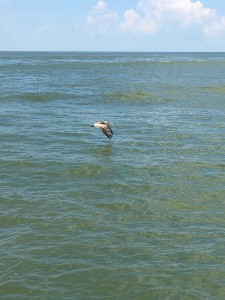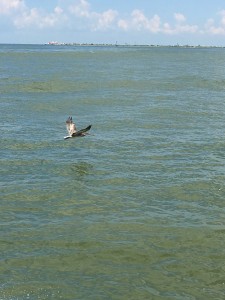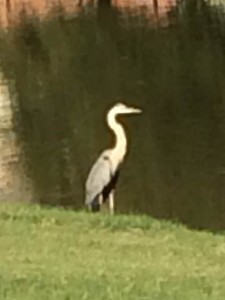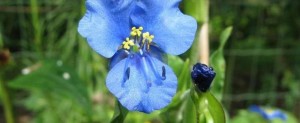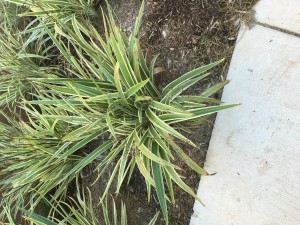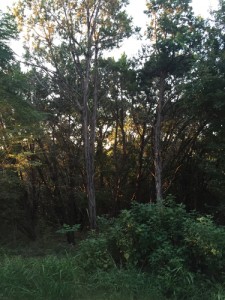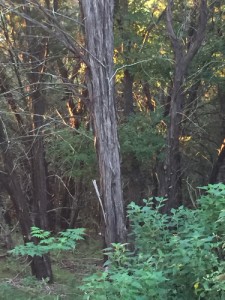The purple vetch (Vicia americana), is a flower that grabs my attention every time I pass by it in my friends apartment complex. Even though it can be found in an apartment complex landscape, it has a history in agriculture. The leguminous vetch plant has the ability to produce its own nitrogen (a limiting nutrient in the environment) through a symbiotic relationship between Rhizobium micro bacteria that colonize the roots of the plant. The nitrogen production makes this an attractive cover crop for agriculture, and now has been used in gardens as a form of natural fertilizer. The purple vetch is also known to attract butterflies and other insects that prey on pests that may cause herbivory.
The purple vetch has also been used by Native Americans as food, as a treatment for spider bites, and an aphrodisiac. An interesting fact is that Native Americans would get horses to smoke the plant to increase the horses’ endurance. It is a nice looking plant and has multiple benefits!
